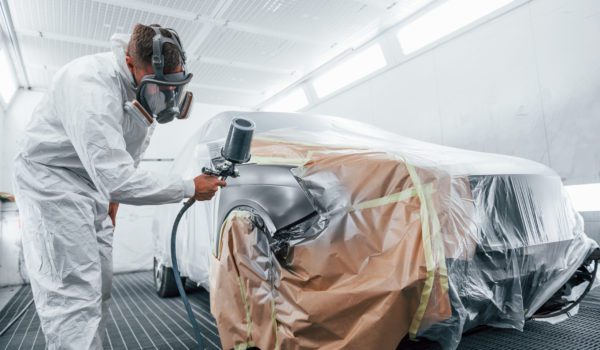On May 18, 2022, the Environmental Protection Agency (EPA) proposed revisions to a rule that will significantly change the landscape for facilities subject to the federal New Source Performance Standards (NSPS) for Automobile and Light Duty Truck (ALDT) Surface Coating.[1] These standards implement Section 111 of the Clean Air Act (CAA), which authorizes the EPA to regulate stationary facilities that cause or contribute significantly to air pollution which may reasonably be anticipated to endanger public health or welfare.
The current NSPS, subpart MM, applies to automotive and light duty truck (ALDT) assembly plants that commenced construction, reconstruction or modification after October 5, 1979. As a result, these facilities have operated under a regulation that has remained relatively unchanged for over 40 years.
Over time, many facilities that have undergone changes were subjected to more stringent New Source Review (NSR) Best Available Control Technology (BACT) or Lowest Achievable Emission Rate (LAER) standards (depending on whether the facility is in an attainment or nonattainment area), as well as state-imposed standards. As a result, in many instances the VOC limits established by the NSPS standard have become a baseline for establishing coating limits rather than the controlling limit. When already subject to the NSPS, the modification trigger has limited relevance, however, with the proposed subpart MMa any auto plant making a physical or operational change with need to determine whether there is an emissions increase that would trigger the newer, more stringent standards.
The NSPS rules contain a unique trigger in that any facility that commences construction, reconstruction, or modification after the date of the proposed rule is subject to the newly proposed limits (which may or may not change when the final rule is issued). Under the NSPS, “commenced” is defined to mean, in part, “… an owner or operator has undertaken a continuous program of construction or modification or that an owner or operator has entered into a contractual obligation to undertake and complete, within a reasonable time, a continuous program of construction or modification.”[2]
The newly proposed subpart MMa significantly reduces the VOC emissions allowed for each affected facility (i.e., each prime coat, guide coat and topcoat operation). For instance, each guide coat operation subject to the current NSPS has an emission limit of 1.40 kg of VOC per liter of applied coating solids, whereas guide coat operations subject to the Proposed NSPS would have an emission limit of 0.35 kg of VOC per liter of applied coating solids. In effect, an auto plant that commenced reconstruction or modification of its existing guide coat operation after May 18, 2022, would be subject to an emission limit that is four times more stringent than the emission limit that would be imposed on the same facility if it had it commenced reconstruction or modification prior to May 18, 2022.
The proposed Subpart MMa retains the existing rule language that physical or operational changes related to model year changeovers, switches to larger cars, or changes in the application of coatings to increase film build are not, by themselves, considered modifications of existing facilities. In addition, the EPA has proposed to add to both the existing and proposed rule electronic reporting requirements. The EPA has also proposed to add work practice standards identical to those contained within the Maximum Achievable Control Technology (MACT) for hazardous air pollutants applicable to ALDT coating.
Given the significantly more restrictive VOC limits contained in proposed Subpart MMa, it is essential for any auto plant that has implemented any physical or operational changes to surface coating operations after May 18, 2022, or has plans for such changes, to account for the new limits.
For more information, please contact any member of Frost Brown Todd’s Mobility industry team.
[1] 87 Fed. Reg. 30141, May 18, 2022
[2] 40 CFR 60.2

